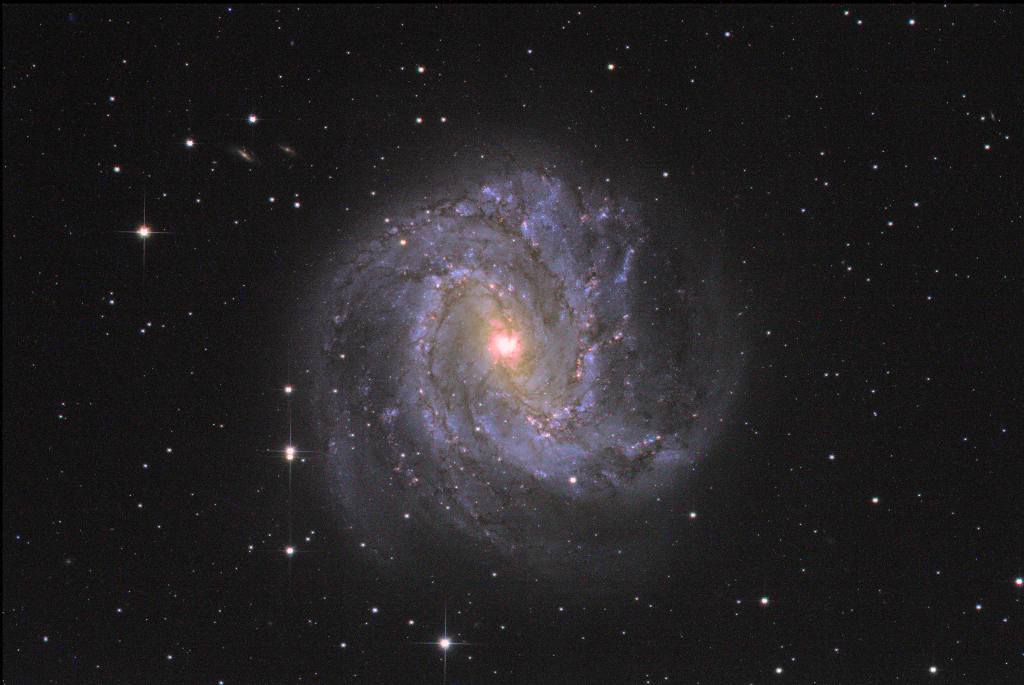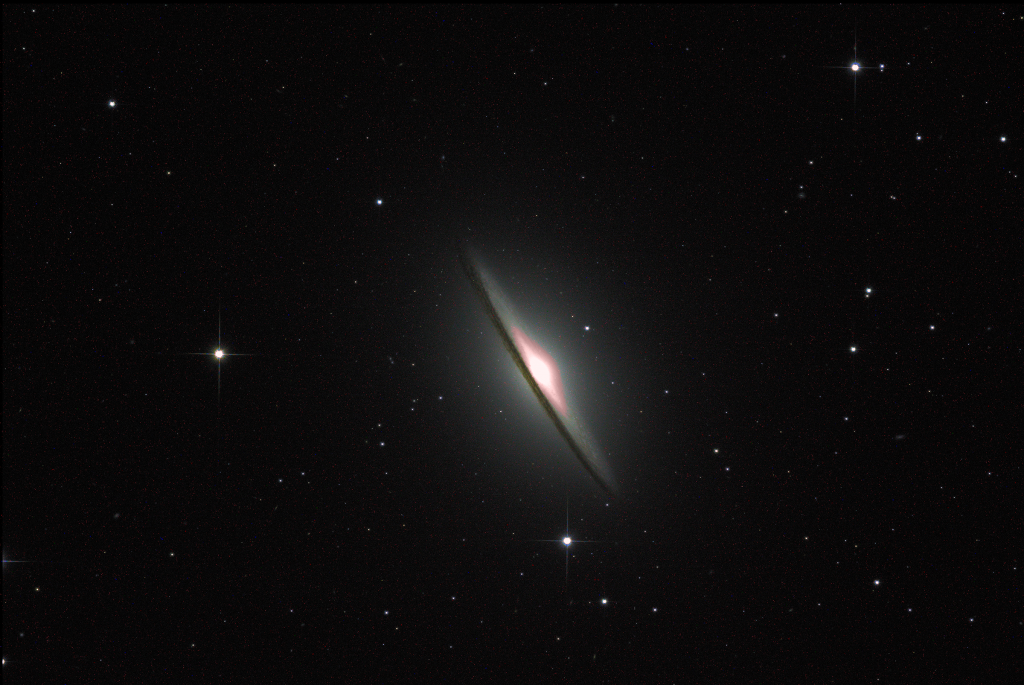On Thursday, 16 April 2023, the National Aeronautics and Space Administration (NASA) launched the Super Pressure Balloon, carrying the Super Pressure Balloon Imaging Telescope (SuperBIT), from Wanaka, New Zealand. The SuperBIT operates in the stratosphere at an altitude of 40 kilometres above sea level.
The primary scientific goal of the SuperBIT was to provide insight into the distribution of dark matter in galaxy clusters throughout the large-scale structure of the universe. While functioning above the earth’s atmosphere 99% of the time, the football-stadium-sized balloon enabled the highly stabilised and high-resolution SuperBIT to obtain superb quality imaging.
In May 2023, the North-West University (NWU) commenced with a collaboration with NASA and Princeton University, and this partnership permitted the NWU researchers and students to access new data from NASA’s Super Pressure Balloon programme. This new collaboration was augmented on 20 December 2023 when it was highlighted in the National Space Council meeting (https://www.whitehouse.gov/briefing-room/statements-releases/2023/12/20…) at the White House, led by the vice-president of the United States, Kamala Harris.
“It is exciting for us to be some of the first people internationally to work with SuperBIT data,” said Prof Ilani Loubser, a professor in the Faculty of Natural and Agricultural Sciences at the NWU. She added: “If we can envision what this collaboration can mean for us in the future, we can start to think about hosting our own experiments or instruments on NASA super pressure balloons or launching the balloons from South Africa. It opens a whole new avenue of opportunities.”
In addition, Modiri Mokaila was the first student from South Africa to use data from NASA’s SuperBIT for his BSc Honours research project at the NWU Centre for Space Research, situated on the Potchefstroom Campus. Modiri worked effectively with Prof IIani Loubser and Prof Bill Jones from Princeton University. He has since successfully completed his honours degree and will be continuing with an MSc degree at the NWU.
“It has been an honour to have been part of this project, and an opportunity I will forever cherish and be humbled by. This project opened me up to space research: the difficulty, the stress, opportunities, and the amount of work that comes with it,” he said.
Modiri added that working with Prof Ilani Loubser as his supervisor was an amazing experience, because she was a terrific guide, possessing a wealth of scientific knowledge. He went on to say that Prof Bill Jones and Dr Kartik Sheth were motivating and prompt in their responses to any questions he had about the SuperBIT data.
The SuperBIT magnificently completed a forty-day science flight over some parts of the world – including South Africa – demonstrating its capabilities as a world-class instrument. With support from NASA, the collaboration project will be expanded to include researchers and students from other South African institutions and African countries.
For this first project, SuperBIT data on the famous Bullet Galaxy Cluster was obtained, and the data was combined with observations of the cluster taken with the MEERKAT radio telescope.
The MEERKAT telescope is located in the Northern Cape, South Africa, and the collective data was used to characterise properties of the galaxies in the Bullet cluster.

The Southern Pinwheel Galaxy captured with the SuperBIT.

The Sombrero Galaxy captured by the SuperBIT that was flying on the Super Pressure Balloon.

The path of the Super Pressure Balloon, which was monitored from NASA’s Columbia Scientific Balloon Facility in Palestine, Texas.
